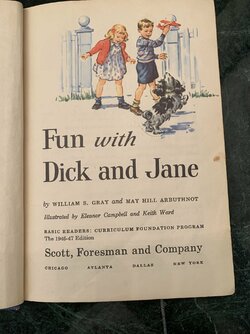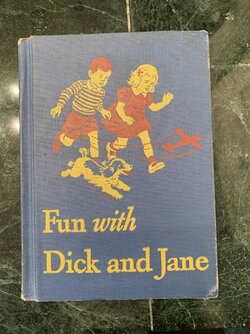I'm also a lifelong fan of Twain! I re-read Tom Sawyer and Huckleberry Finn every now and again, too!I am a life long Twain fan. I re-read Huck Finn and Tom Sawyer last year.
It all started when I was in fifth grade and those two books were listed in the Scholastic book sale. As a voracious reader (and budding bibliophile), I ordered them and absolutely loved them! I went on to read most of Twain's other works.
In college, I was lucky enough to see some of Twain's original manuscripts in one of my college's libraries. During grad school, I wound up taking a trip out to Hannibal, MO and visited his childhood home (it was exactly how I pictured Tom Sawyer's house!) and "neighborhood" (I believe the Becky Thatcher home and the Huck Finn home were relocated to be closer to the Twain/Sawyer home--or maybe all of them were relocated so as to be closer together).







